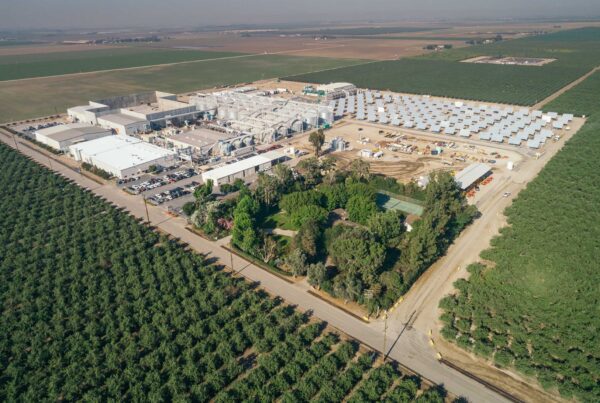PUBLISHED FRI, OCT 6 20233:20 PM EDT
In September, Apple announced its next-generation smartwatch models would all have a “carbon neutral” option, at the same price as the non-carbon neutral options, starting at $249.
For Apple, making a product “carbon neutral” means that it changed its operations — including manufacturing, packaging and shipping — to reduce the greenhouse gas emissions associated with making and selling its watches. It was able to drive emissions associated with a single watch down from 36.7 kg to 8.1 kg with these actions.
In order to call its watches “carbon neutral” without being able to eliminate all of the emissions associated with making the watches, Apple bought carbon credits to compensate for the remaining 8.1 kg of emissions, or about 22% of the total footprint of making a watch.
Apple is transparent about all of this carbon accounting in its environmental report for the watch.
Carbon credits are certificates that individuals, businesses and corporations can purchase that represent a certain amount of greenhouse gases reduced, avoided, or removed from the atmosphere. They are a way for consumers to compensate for their greenhouse gas emissions while also providing a financing mechanism to support sustainable development projects, according to a description from the United Nations.
Depending on who you talk to, dubbing a product “carbon neutral” when the accounting requires buying carbon credits is either Apple acting responsibly and doing the best it can to contribute to climate mitigation strategies that are available right now, or an irresponsible misrepresentation of what “carbon neutral” should mean.
The distance between those two analyses is substantial and virtually irreconcilable. It’s also a poignant indication of the distance between where climate mitigation ambitions and climate mitigation realities are right now.





